#maria alexandrovna of russia
Photo

1857 Franz Xaver Winterhalter, Portrait of Empress Maria Alexandrovna wife of Tsar Alexander II (Maria Alexandrovna of Russia (Marie of Hesse)), detail.
Hermitage Museum, St. Petersburg.
#1857#painting#portrait#franz xaver winterhalter#empress maria alexandrovna#detail#my edits#marie of hesse#maria alexandrovna of russia#tsar alexander ii#dress detail#pearls#beautiful dress#winterhalter#court dress#gala dress#gala gown#court gown#Magnificent pearls#melancholy
55 notes
·
View notes
Photo


Grand Duchesses Olga Alexandrovna and Maria Georgievna
143 notes
·
View notes
Text

"The great day came. It was April 16, the eve of Sasha's twenty-third birthday. In the morning there was mass, at one o'clock in the afternoon the official ceremony of dressing the bride in the presence of the whole family, newly appointed court ladies and three ladies-in-waiting. Marie was coiffed so that two long curls fell on either side of her face, a small diadem of diamonds and pearl pendants was placed on her head - under it was attached a veil of lace, which hung below the shoulders. Each of us sisters gave her a pin to attach it, and then a purple ermine-trimmed robe, so heavy that five chamberlains had to hold it, was placed over her and fastened at the shoulder with a gold pin. At the end, Mama also attached a small bouquet of myrtle and orange blossom under the veil. Marie looked grand and majestic in her outfit, and the expression of solemn seriousness on her childish face was in perfect harmony with the beauty of her figure. At three o'clock there was a solemn banquet, approximately four hundred people were seated in the Nicholas Hall of the Winter Palace at three huge tables. In the middle are the Royal Family and the clergy, who opened the banquet with prayer and blessing. At the table, ladies sat on the right hand, gentlemen on the left. They drank the health of the young couple, Their Majesties, the Tsarevna's Parents, as well as all loyal subjects, and each toast was accompanied by cannon salvoes. The highest ranks of the Court brought champagne to Their Majesties; we, the other members of the Royal Family, were served by our chamberlains. A military band played, and the best singers of the Opera sang so that the walls shook. At eight there was a polonaise in the St. George's Hall: Papa danced in front of everyone with Marie; at ten o'clock we returned to our chambers, here only the family dined with the newlyweds. Adini and I did not take part in this, but had dinner with our teachers in my rooms and looked out at the Neva, at the illuminated embankment, ships decorated with flags, a festive crowd, and behind it the spire of the Peter and Paul Fortress, rising to the sky, still gilded by the setting sun… this day ended with such a wonderful note.”
- Grand Duchess Olga Nikolaevna, Queen of Wurttemberg, on the nuptials of her elder brother, the future Emperor Alexander II of Russia and Empress Maria Alexandrovna (nee Princess Marie of Hesse-Darmstadt.)
#grand duchess olga nikolaevna the elder#emperor alexander ii#empress maria alexandrovna#romanov#russia#quotes
58 notes
·
View notes
Text



"'Several of us went together with my mother [Empress Maria Feodorovna] and Aunt Alix [Princess Alexandra of Wales]. That afternoon my mother wore a big hat, in broad brim trimmed with very bright red cherries…'
The Empress and her sister stopped to look at a chimpanzee. The ape liked the look of the cherries. He pushed his arms through the bars and snatched at the hat, but an elastic held it secure to the Empress's head. The ape yelled and pulled harder. The Empress screamed and pulled in her turn. The Princess of Wales seized her by the waist and began pulling in her turn. In the end, the chimpanzee, deciding that a handful of cherries was hardly worth such a lot of trouble, let go [of] the hat so violently that the elastic snapped, the hat flew off the Empress's head and settled in the cap of a passer by."
Olga Alexandrovna, from The Last Grand Duchess by Ian Vorres
#maria feodorovna#alexandra of denmark#queen alexandra#20th century#romanov#imperial russia#olga alexandrovna#quote#mine
114 notes
·
View notes
Text





Photographs: 1. Empress Maria Feodorovna holding her great-grandaughter Princess Irina Felixovna Yusupova (Bebe); sitting net to her are her granddaughter Princess Irina Alexandrovna and her daughter, Grand Duchess Xenia Alexandrovna; 2. Beautiful photo of Xenia with her grandaughter Bebe; 3. Bebe and her father, Prince Felix Yusupov; 4. Bebe and her paternal grandmother, Princess Zenaida Yusupova; 5. Princess Irina Felixovna Yusupova (Bebe)
Princess Irina Felixovna Yusupova (Bebe) (1915 - 1983)
Irina Felixovna (Bebe), was the only daughter of Princess Irina Alexandrovna, niece of Tsar Nicholas II, and Prince Felix Yousupov. She was born on May 21, 1915. She lived with Felix's parents until the age of nine. Later, Felix would say that his daughter was difficult to control because she was raised by nannies, and his mother Zenaida spoilt her. Most people said that Irina Felixovna was difficult to control because she had a personality very similar to that of her father. Bebe was closer to her father than to her mother.
Princess Irina Felixovna married Count Nikolai Dmitrievich Sheremetev. They had one daughter, Countess Xenia Nikolaevna Sheremeteva. Bebe died in 1983 in France where she is buried alongside her paternal grandparents and her parents.
#russian history#imperial russia#romanov family#Grand Duchess Xenia Alexandrovna#Empress Maria Feodorovna#Princess Irina Alexandrovna#Princess Zenaida Yusupova#Princess Irina Felixovna#Bebe#Prince Felix Yusupov
25 notes
·
View notes
Text

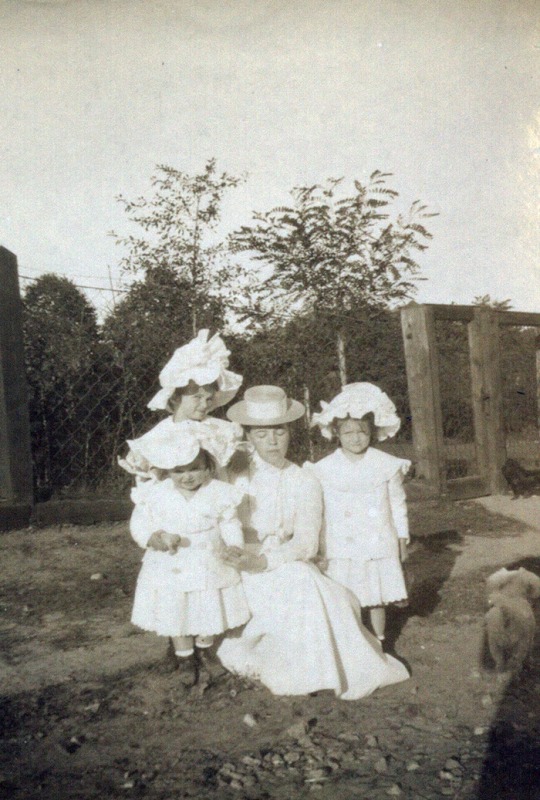
Grand duchess Olga Alexandrovna with nieces, grand duchesses Maria, Tatiana and Olga Nikolaevna.
(source: 📷)
#grand duchess olga#tatiana nikolaevna#grand duchess maria#olga alexandrovna#olga nikolaevna#grand duchess tatiana#maria nikolaevna#grand duchess olga alexandrovna#otma#otm#grand duchess#my own#romanovs#imperial russia#russia imperial#the romanovs
23 notes
·
View notes
Text
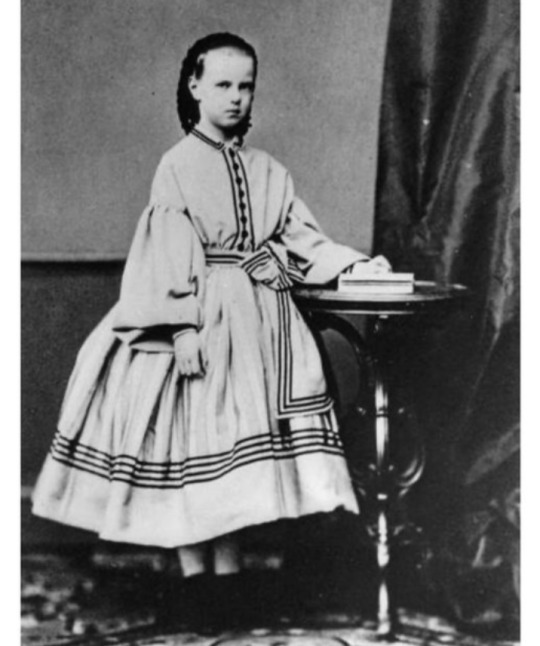

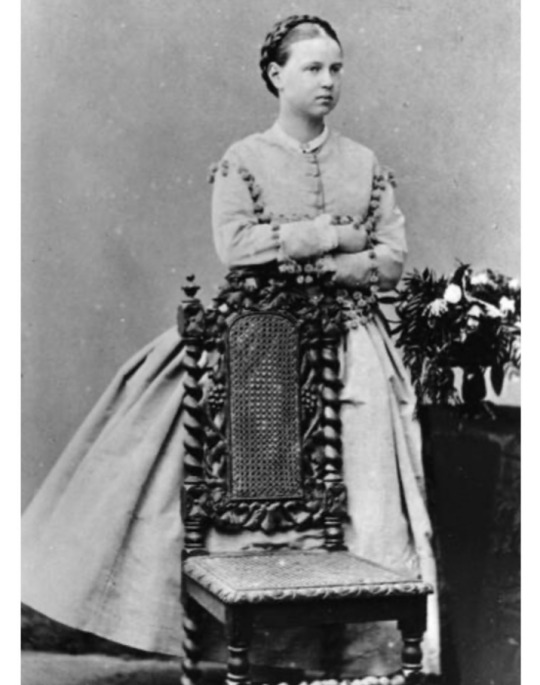
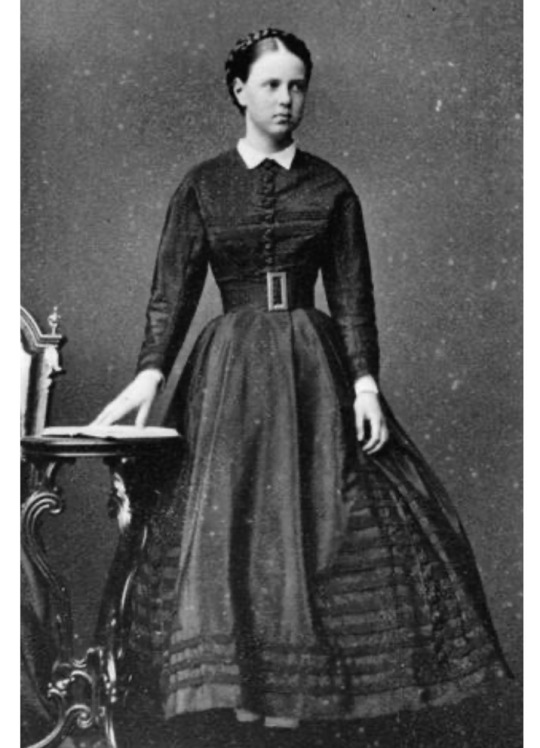





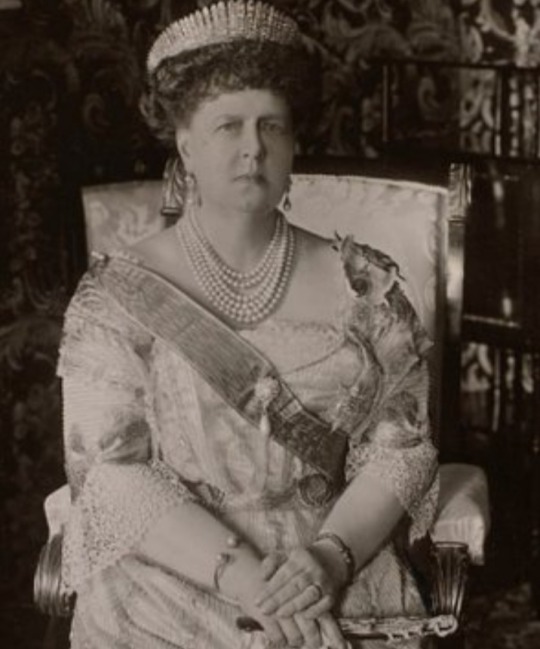
BORN ON THIS DAY:
Grand Duchess Maria Alexandrovna of Russia (17 October [O.S. 5 October] 1853 – 24 October 1920) was the fifth child and only surviving daughter of Alexander II of Russia and Marie of Hesse and by Rhine.
She was Duchess of Edinburgh and later Duchess of Saxe-Coburg and Gotha as the wife of Alfred, Duke of Saxe-Coburg and Gotha.
She was the younger sister of Alexander III of Russia and the paternal aunt of Russia's last emperor, Nicholas II.
#Grand Duchess Maria Alexandrovna of Russia#Alexander II of Russia#Marie of Hesse and by Rhine#Prince Alfred#Duke of Saxe-Coburg and Gotha#Alexander III of Russia#Nicholas II#House of Romanov#Hesse-Darmstadt#House of Hesse#House of Saxe-Coburg and Gotha
6 notes
·
View notes
Text
"In the morning at 11 o’clock, we went with Papa and Mama to Petersburg and were at a memorial service in the fortress... I approached the grave of our angel, little Alexander, which was completely ready and graciously decorated with flowers. I prayed and thought a lot about you, my dear Minnie, and I was so sad to be alone at that moment, only Mom noticed this and came up to me to hug me, and it touched me very much, because she alone understands and does not forget our terrible grief. Others forget and constantly ask why I don't go to the theatre, why I don't want to go to the balls that will be in Peterhof, and it is very difficult and unpleasant for me to answer everyone. It made me so sad when I prayed at the sweet grave of the little angel; Why is he not with us and why did the Lord take him from us? Forgive me that I again remind you of our bitter loss, but I think so often about our angel Alexander, about you and the elder Baby (Nicholas II), about all of you, close to my heart and the joy of my life, and especially now when I am alone and miss you. This definitely consoles me, and my thoughts are often with you, my darlings."
Letter from Tsarevich Alexander Alexandrovich to Tsarevna Maria Feodorovna (June 4, 1870)
In memory of Grand Duke Alexander Alexandrovich of Russia (1869 - 1870)



#alexander iii#maria feodorovna#czar alexander iii#tsar alexander iii#empress maria feodorovna#empress maria alexandrovna#maria alexandrovna#the romanovs#historical couples#history#tsar nicholas ii#otma#otmaa#royalty#royals#imperial russia#russia#baby#precious#love#longing#relationship#love quotes#19th century
4 notes
·
View notes
Photo

#Tsarina Maria Feodorovna#Grand Duchess Xenia Alexandrovna#Russia#Romanov#Imperial Russia#Colorized Photo#Colorization#Victorian#1870s
3 notes
·
View notes
Text
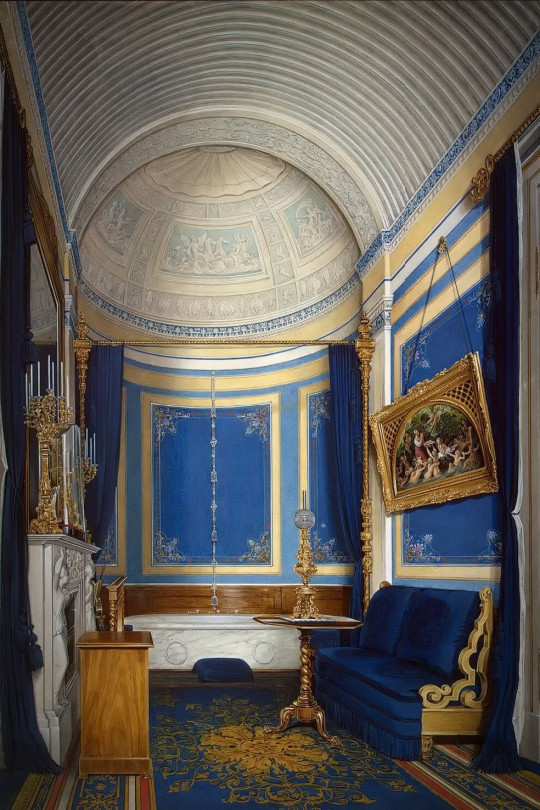
Grand Princess Maria Alexandrovna's Bathroom, 1850s,
Winter Palace, Saint Petersburg, Russia,
Water color by Eduard Hau,
Height: 35.3 cm (13.8 in); width: 24.2 cm (9.5 in)
Courtesy: Hermitage Museum
#art#design#architecture#history#luxury lifestyle#style#luxury house#luxury home#palace#winter palace#russia#saint petersburg#eduard hau#watercolor#hermitage#bathroom
258 notes
·
View notes
Text
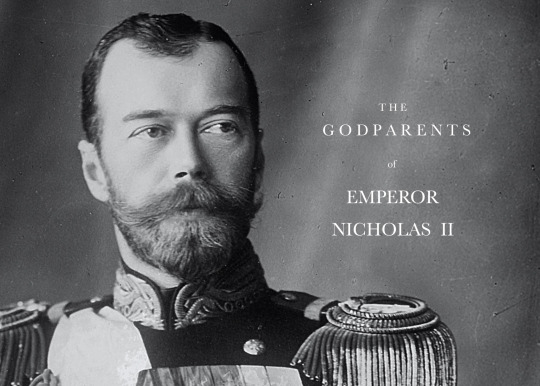


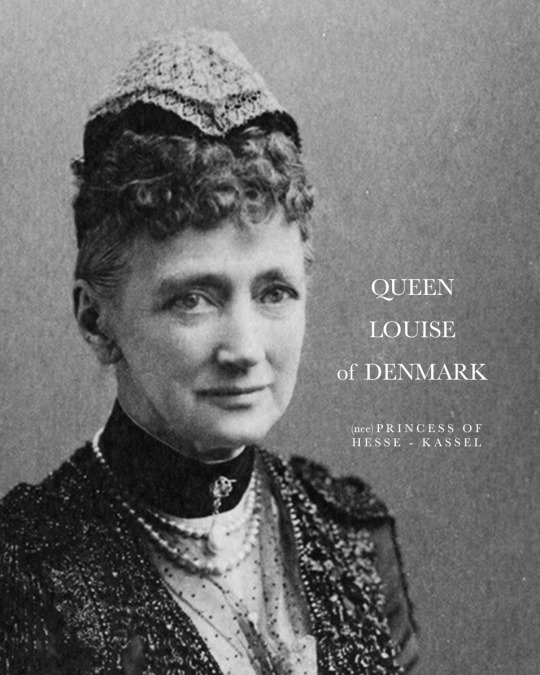

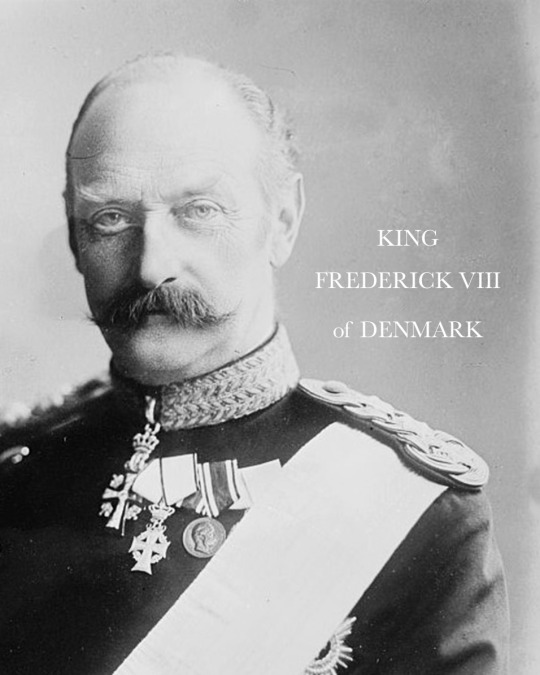
GODPARENTS OF NICHOLAS II
Born during his grandfather's reign on 18 May (New Style) 1868 at the Alexander Palace, Tsarkoe Selo in Saint Petersburg. He was the eldest son of Alexander III and his wife Maria Feodorovna (then, the Tsarevich and Tsarina of Russia). He was christened on 1 June at the Chapel of the Resurrection of the Catherine Palace at Tsarskoe Selo, by the confessor of the imperial family, protopresbyter Vasily Borisovich Bazhanov. His godparents were:
ALEXANDER II, EMPEROR OF RUSSIA - his paternal grandfather, the Russian Emperor stood as one of the godparents. He became the Emperor of All Russia in 1855. Alexander’s most significant reform as emperor was the emancipation of Russia’s serfs in 1861, for which he is known as Alexander the Liberator. He was assassinated in 1881 when the young Nicholas was only 12 years-old, to which he became the heir apparent upon his death.
PRINCESS MARIE OF HESSE AND BY RHINE, EMPRESS MARIA ALEXANDROVNA OF RUSSIA - his paternal grandmother, the consort of Emperor Alexander II, was another of his godparents. Known for her intellect, she was one of the founders of the Russian Red Cross Society. However, she suffered from tuberculosis from 1863 and spent long stays in southern Europe to avoid harsh winters. Although she and her husband were unofficially separated sometime after the death of their eldest son, Maria was treated with respect and love by her surviving family. Maria passed away from illness when the young Nicholas was still a child.
PRINCESS LOUISE OF HESSE-KASSEL, QUEEN CONSORT OF DENMARK - his maternal grandmother was listed as one of his godparents. Louise became the Queen consort of Denmark upon her husband's - King Christian IX - accession in 1863, just few years before her grandson Nicholas' birth. She, herself, was a niece of another King of Denmark (Christian VIII). The great dynastic success of Louise's six children was to a great extent a result of Louise's own ambitions - through them, she was a grandmother of not only the future Tsar of Russia (Nicholas II), but also that of King George V of the United Kingdom; King Constantine I of Greece; King Christian X of Denmark, and King Harken VII of Norway.
GRAND DUCHESS ELENA PAVLOVNA OF RUSSIA - his great-great-aunt, the wife of the late Grand Duke Michael Pavlovich, was one of his godparents. Born as Princess Charlotte of Württemberg, she became a close friend of his grandmother the Empress Maria Alexandrovna, and was known as an intellectual. She was also considered the most exceptional woman in the imperial family since Catherine the Great.
KING FREDERICK VIII OF DENMARK - then, the Crown Prince, his maternal uncle stood as one of his godparents. During the long reign of his father, he was largely excluded from influence and political power. Upon his father's death in 1906, he acceded to the throne at the advanced age of 62. In many ways, Frederick VIII was a liberal monarch who was much more favorable to the new parliamentary system introduced in 1901 than his father had been, being reform-minded and democratically inclined.
Source
84 notes
·
View notes
Photo

“The August Family” poster or possibly a calendar cover (?)
#Romanov#Russia#Nicholas II.#Alexandra Fyodorovna#Maria Fyodorovna#Xenia Alexandrovna#Alexander Mikhailovich#Georgiy Alexandrovich#mikhail Alexandrovich#olga Alexandrovna
111 notes
·
View notes
Text

“Our dear little ones, thank God, are healthy; Nixa [Grand Duke Nicholas Alexandrovich] has become very sweet, he starts smiling when I say to him: “Hello, Nikolai Alexandrovich;” and Lina [Grand Duchess Alexandra Alexandrovna] as you know, is my passion; when I have her with me, I always ask her : “Where is Mama?” - and she always points me to your portrait.”
— the future Emperor Alexander II of Russia in a letter to his wife, the future Empress Maria Alexandrovna.
#emperor alexander ii#empress maria alexandrovna#grand duchess alexandra alexandrovna#grand duke nicholas alexandrovich#romanov#russia#quotes
88 notes
·
View notes
Text

Камер-Казак Императрицы Марии Федоровны Тимофей Ксенофонтович Ящик. После свержения монархии Т.К. Ящик остается рядом с императрицей, продолжая охранять ее в Крыму. В условиях Гражданской войны на юге России в 1918 г. Ящик вывез в родную станицу дочь императрицы, младшую сестру Николая II, великую княгиню Ольгу Александровну. В доме камер-казака дочь Александра III родила своего второго сына Гурия. После того, как Мария Федоровна 11 апреля 1919 г. на английском крейсере «Мальборо» покинула Крым, Ящик сопровождал ее и продолжал охранять в Англии, а затем в Дании, куда императрица со свитой прибыла 19 августа 1919 г. Вскоре, по распоряжению Марии Федоровны, он вернулся в Россию, для того, чтобы организовать вывоз в Данию семьи великой княгини Ольги Александровны. В тех условиях это была тяжелейшая задача, с которой Тимофей Ксенофонтович справился блестяще.
Свою императрицу, верный «бодигард» – так он именовался в выданном ему во время пребывания в Великобритании паспорте, охранял вплоть до ее смерти в 1928 г. Тимофей Ксенофонтович оставил в пылающей России, на родной Кубани семью – жену и девятерых детей. Вывезти их в Данию, как он не пытался, ему не удалось. В 1922 г. его жену Марфу расстреляли «за контрреволюцию». Свою службу казак посчитал оконченной, только после того, как бессменно отстоял у гроба Своей Императрицы 3 дня. Произошло это в 1928 году. В Россию казак так и не вернулся. Скончался Тимофей Ксенофонтович в Копенгагене в 1946 году.
Chamber-Cossack of Empress Maria Feodorovna Timofey Ksenofontovich Yashik.
After the overthrow of the monarchy, T.K. The box remains next to the Empress, continuing to protect her in Crimea. During the Civil War in the south of Russia in 1918, Yashik took the daughter of the empress, the younger sister of Nicholas II, Grand Duchess Olga Alexandrovna, to his native village. In the house of the Cossack chamberlain, the daughter of Alexander III gave birth to her second son, Gury. After Maria Feodorovna left Crimea on the English cruiser Marlborough on April 11, 1919, the Yashik accompanied her and continued to guard her in England, and then in Denmark, where the Empress and her retinue arrived on August 19, 1919. Soon, by order of Maria Feodorovna , he returned to Russia in order to organize the export of the family of Grand Duchess Olga Alexandrovna to Denmark. In those conditions, it was a difficult task, which Timofey Ksenofontovich coped with brilliantly.
His faithful “bodyguard,” as he was called in the passport issued to him during his stay in Great Britain, guarded his empress until her death in 1928. Timofey Ksenofontovich left his family in his native Kuban, his wife and nine children, in burning Russia. No matter how hard he tried, he failed to take them to Denmark. In 1922, his wife Martha was shot “for counter-revolution.” The Cossack considered his service to be over only after he had stood at the tomb of His Empress for 3 days. This happened in 1928. The Cossack never returned to Russia. Timofey Ksenofontovich died in Copenhagen in 1946.
27 notes
·
View notes
Text

Queen Louise of Denmark, Empress Alexandra Feodorovna, Grand Duchess Xenia Alexandrovna, and Princess Marie of Greece and Denmark (Greek Minnie)
All of them beautiful in their own way…even Greek Minnie looks lovely; her features did not yet show the “constant expression of displeasure” into which they would seem to set later in life.
In my opinion, King Christian IX and Queen Louise raised their children to occupy the high places they would in Imperial Europe and also did the work necessary to find those children appropriate grooms and brides…for the most part. gcl
#russian history#imperial russia#romanov family#danish royal family#greek royal family#empress maria feodorovna#queen louise of denmark#Grand Duchess Xenia Alexandrovna#Princess Marie of Greece and Denmark
20 notes
·
View notes
Text

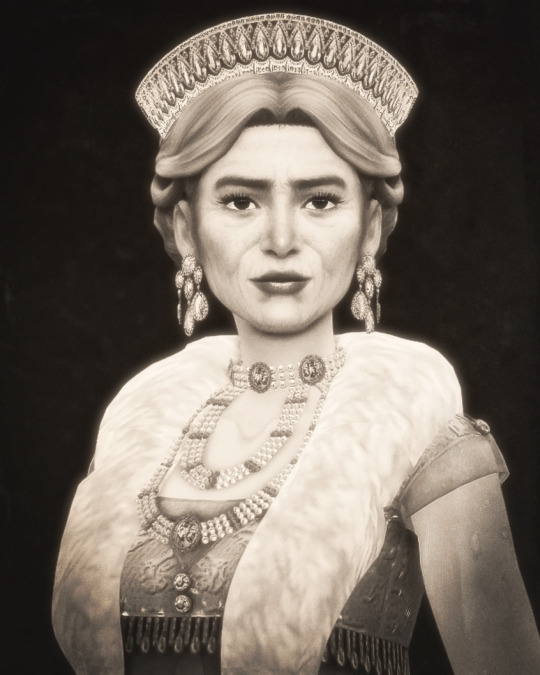
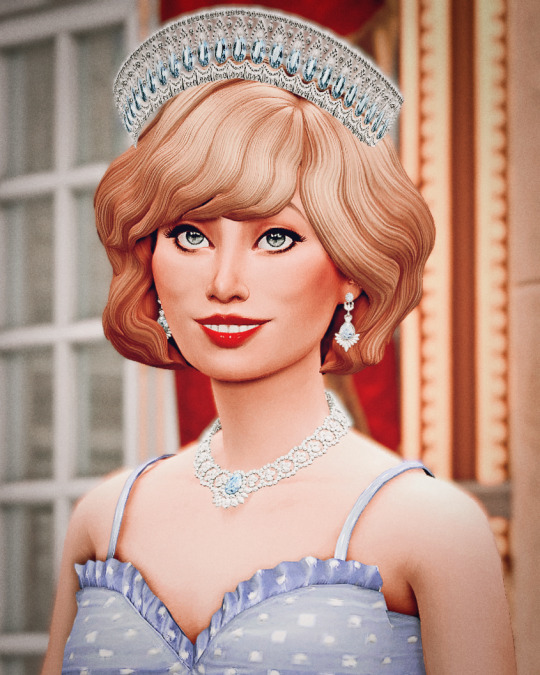
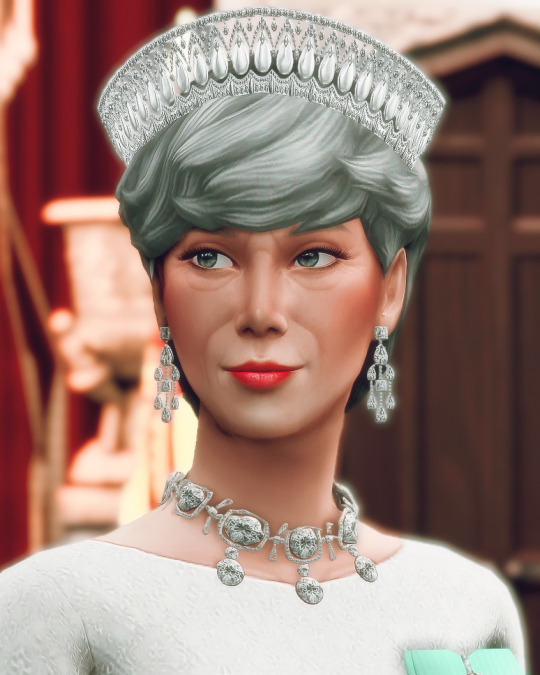

Sunderland's Royal Jewel Vault (4/∞) ♛
↬ Georgiyevna Tiara
The Georgiyevna Tiara, also known as Grand Duchess Anastasia's Kokoshnik Tiara, was bought by Queen Matilda Mary in 1922 for the price of $47,807. The tiara was sold to the new queen by Grand Duchess Maria Alexandrovna of Russia, daughter of the tiara's original owner, Grand Duchess Anastasia Georgiyevna.
Grand Duchess Anastasia, born Princess Adelaide of Sunderland, was a sister of Matilda Mary's husband, King Nicholas. The grand duchess was a huge admirer of jewellery and her collection became world-renowned for its size and value. Among her collection was a Bolin diamond tiara adorned with 23 cabochon aquamarines. Anya, as the grand duchess was called, received the tiara among several other gifts ahead of her 1894 wedding to Grand Duke Alexander Alexandrovich of Russia, a younger brother of Tsar Nicholas II.
Like several of her Romanov relatives, Anya was imprisoned and eventually murdered following the Russian Revolution of 1917. Her jewels remained hidden in Petrograd until they were smuggled out of Russia, along with her surviving daughters, by Sunderlandian operatives. Over the next few years, Anya's daughters sold pieces of their mother's jewelry collection to support their lives in exile, with their aunt Matilda Mary making several large purchases to ensure certain jewels stayed within the family. Anya's ailing mother, Dowager Queen Alexandra, was heartbroken by the fate of her Russian family and forbade any of Anya's jewels to be worn in her presence.
Following Alexandra's death in 1926, Matilda Mary began wearing the tiara for formal events and photographs. She had the tiara altered to accommodate drop pearls, which could easily be swapped with the original aquamarines. The tiara was passed down and eventually inherited by Queen Irene following the death of Queen Anne in 1973. Irene has worn the tiara consistently and it is rumoured to be her favourite tiara.
#warwick.extras#warwick.jewels#ts4#ts4 story#ts4 storytelling#ts4 edit#ts4 royal legacy#ts4 legacy#ts4 royalty#ts4 monarchy#ts4 screenshots#✨
55 notes
·
View notes